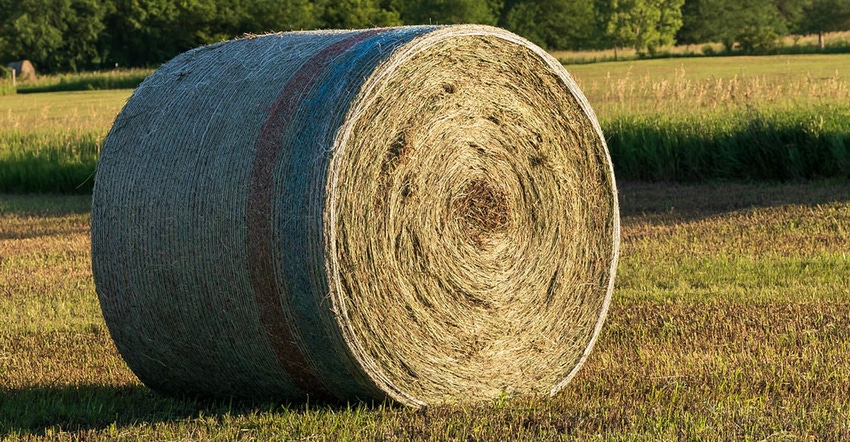Don’t just assume the quality of hay you’re feeding your cows — test it.
August 4, 2022

Consumers check nutrition labels in the store. Well, beef producers who test the nutrient profile of their hay stocks are doing pretty much the same thing, according to the Kansas State University Beef Cattle Institute experts on a recent Cattle Chat podcast episode.
Having this information allows beef producers to match the right supplement strategy to meet the needs of the cow at each stage of her cycle, according to the experts.
“For a dry cow, the nutrient needs are much lower than for a first-calf heifer or lactating cow, so by doing hay testing, producers can use that information to deliver the highest-quality hay to the females that need it the most,” said K-State veterinarian Bob Larson.
The experts offered this advice:
When to test. Not all hay necessarily needs to be tested annually. “Producers who can fairly accurately estimate the quality of hay based on previous testing or many years of monitoring cow condition won’t necessarily need to test hay, as long as it is compared to hay harvested at about the same maturity from the same field or pasture,” Larson said.
Buying hay? Typically much less is known about purchased hay compared to raised hay. Off-farm hay should almost always be tested prior to purchasing.
What to test for. Nutritionist Phillip Lancaster said it is beneficial to evaluate hay that is newly acquired. “When testing, there are two main things to look at on the report: the amount of protein and some estimate of digestibility,” Lancaster said. “Total digestible nutrients [or TDN] will help us know how much energy is in the hay, and that is the nutrient that cattle need in the greatest quantity.”
Sample correctly. Veterinarian Brad White added that it is important to get a correct sample of the hay when testing. “You don’t have to test every bale, but you do need to get a representative sample from the cuttings. For guidelines on how to properly collect the sample, reach out to the local county Extension office,” White said.
Source: Kansas State University Research and Extension, which is responsible for the information provided and is wholly owned by the source. Informa Business Media and its subsidiaries aren't responsible for any of the content contained in this information asset.
You May Also Like



